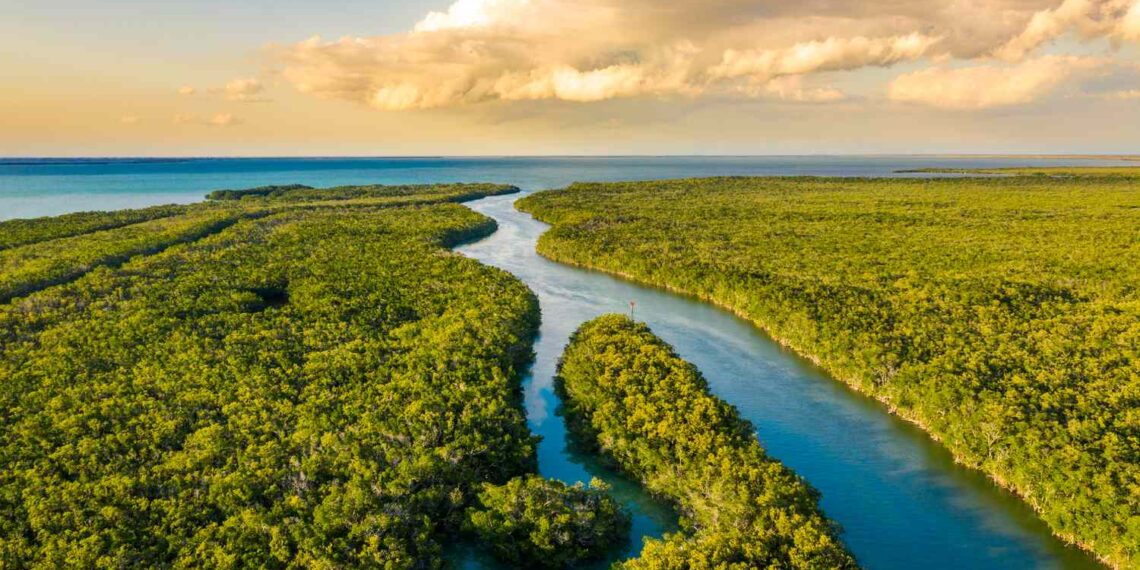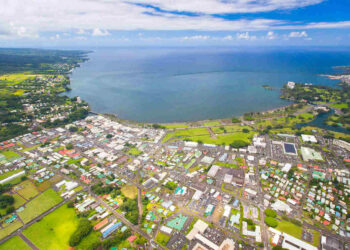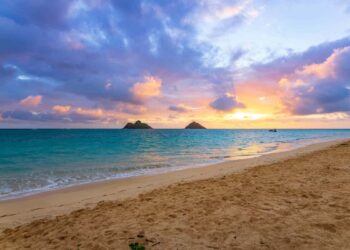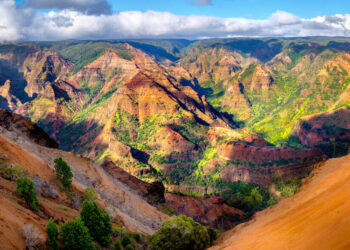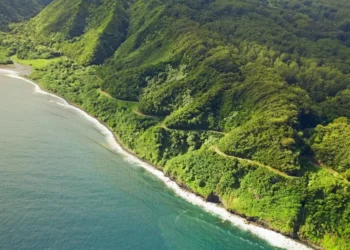Beneath Florida’s sun-bleached skies, Everglades National Park sprawls as a testament to nature’s quiet defiance. This vast wetland, stretching over 1.5 million acres, cradles a mosaic of sawgrass prairies, mangrove forests, and dark-water sloughs—a living relic of a world shaped by water and time. For those who tread its trails, it offers not just scenery but a humbling encounter with an ecosystem that has outlasted empires. Once dismissed as a swamp to be drained, it now stands as a UNESCO World Heritage Site, whispering tales of resilience through its rustling grasses and the slow glide of its inhabitants.
Notable Insight: The Everglades is the only place on Earth where alligators and crocodiles coexist, their prehistoric silhouettes cutting through the same waters—a rare convergence of ancient lineages that have thrived here for millennia.
Places to Visit: An Overview
The park unfolds across distinct regions, each with its own character. At the Anhinga Trail, near the Royal Palm Visitor Center, wooden boardwalks wind through a sawgrass marsh where herons stab at fish and alligators drift like logs with eyes. The trail’s stillness belies its vibrancy—turtles bask on cypress knees, and anhingas spear the air with their dagger-like beaks. Further south, Flamingo anchors the park’s coastal edge, where the Gulf of Mexico meets mangrove-lined shores. Here, kayakers paddle past roosting pelicans, and the occasional manatee surfaces, its broad back breaking the water’s glassy sheen.
In the park’s heart, Shark Valley offers a 15-mile loop—best tackled by tram or bicycle—where the horizon flattens into a sea of grass, interrupted only by hardwood hammocks and the darting shadows of wading birds. The observation tower at its midpoint lifts visitors above the expanse, revealing the subtle curve of the Earth itself. For a deeper plunge, Pine Island beckons with its trails through pinelands and sloughs, where the air hums with cicadas and the ground holds secrets of Calusa shell mounds.
How to Reach
Everglades National Park lies within a few hours’ reach of Miami, its urban pulse fading as you drive west or south. From Miami International Airport, the Ernest F. Coe Visitor Center—the park’s main gateway—is a 50-mile journey along State Road 9336, passing Homestead’s fruit stands and fields. Rental cars offer flexibility, though shuttle services from Miami cater to those avoiding the wheel.
For Shark Valley, take U.S. 41 (Tamiami Trail) west from Miami, a 40-mile stretch where roadside canals tease with alligator sightings. Flamingo, at the park’s southern tip, demands a 90-minute drive from Homestead through the Coe entrance, the road narrowing as civilization recedes.
Air travel lands you in Miami or Fort Lauderdale, with the former closer by road. No public transit threads the park itself—private vehicles or guided tours are the lifeline. Cyclists can brave the routes, but summer’s heat and sudden rains test even the hardy. Winter, dry and mild, eases the way.
Experiencing the Everglades
The park rewards the patient. At Anhinga, dawn unveils a symphony of bird calls—great blue herons and roseate spoonbills stitching the sky with color. A ranger-led walk here unravels the wetland’s pulse: how sawgrass filters water, how cypress roots anchor life. Shark Valley’s tram tours, narrated by naturalists, weave tales of the River of Grass, Marjorie Stoneman Douglas’s name for this slow-moving flood. Pedaling the loop solo offers solitude, the crunch of gravel under tires mingling with the wind’s low moan.
Flamingo’s coastal trails lead to Florida Bay, where ospreys dive and the horizon blurs into salt and sky. Kayak rentals let you trace mangrove tunnels, their arched roots forming green cathedrals over brackish channels. Night brings a different world—stars prick the darkness, and the guttural bellow of alligators echoes across the water. Campers pitch tents here, lulled by the lap of waves and the rustle of palm fronds.
Frequently Asked Questions About Wildlife
What animals might I see?
The Everglades teems with life: alligators sunning on banks, crocodiles lurking in brackish estuaries, and manatees grazing in shallow bays. Birds dominate—ibises, egrets, and the elusive snail kite, its hooked beak evolved for prying mollusks. Panthers prowl the shadows, though sightings are rare as whispers.
Are the alligators dangerous?
They rarely threaten unless provoked. Keep a respectful distance—15 feet, rangers advise—and avoid feeding them, a crime here. Most bask or drift, indifferent to human chatter.
When’s the best time for wildlife?
Winter (December to April) draws migratory birds and clears the mosquito haze. Summer floods the sloughs, coaxing fish and waders into view, but humidity and bugs test endurance.
Can I fish or hunt?
Fishing’s permitted with a state license—snapper and trout tempt anglers in the bay. Hunting’s banned; this is a sanctuary, not a harvest ground.
Beyond the Trails
The Everglades shifts with the seasons. Winter’s dry spell shrinks the waterline, concentrating wildlife at ponds like Eco Pond near Flamingo. Summer’s rains flood the prairies, turning trails into wading paths—bring boots or trust a canoe. Airboat rides, though outside park boundaries, skim the fringes, their roar slicing the silence as guides point out heron nests and turtle tracks. For quieter thrills, ranger talks at the Coe Center dissect the park’s hydrology—how a 100-mile sheet of water flows from Lake Okeechobee to the Gulf, sustaining this fragile web.
Camping offers immersion. Long Pine Key, near the Coe entrance, nestles among slash pines, its sites shaded and still. Flamingo’s campground sprawls by the bay, where sunrise paints the water gold and dolphins arc through the morning mist. Reservations lock in winter spots; summer’s sparser crowds free up first-come sites.
Where to Stay and Eat
Beyond camping, Homestead offers the Hotel Redland, a restored 1904 inn with wooden floors and a porch swing, 10 miles from the Coe entrance. In Miami, the East Miami blends sleek design with skyline views, an hour’s drive away. For budget travelers, Florida City’s Travelodge sits closer, its no-frills rooms a launchpad to the park.
Dining leans rustic. Gator Grill near Shark Valley serves alligator bites—crisp, tangy morsels—with fries and a soda, the Tamiami Trail humming outside. In Flamingo, the Buttonwood Café offers shrimp po’boys and key lime pie, its patio overlooking the marina. Homestead’s Robert Is Here fruit stand tempts with mango smoothies and guava pastries, a sweet detour en route.
Final Reflection
Everglades National Park is no mere backdrop—it’s a living force, its waters carving a story older than the roads that skirt it. Here, the clash of fresh and salt, of predator and prey, mirrors a balance as delicate as it is enduring. To stand on its trails is to feel the weight of survival—of a landscape that refused the plow, of creatures that adapted where others faltered. It’s not just a visit; it’s a reckoning with a world that flows on, indifferent to our haste, asking only that we pause and listen.
